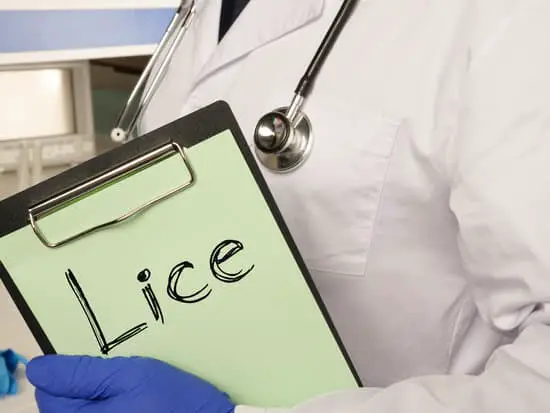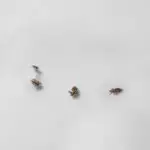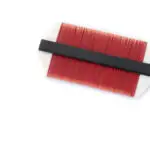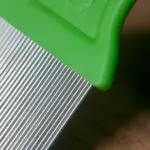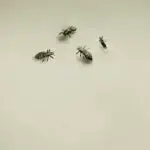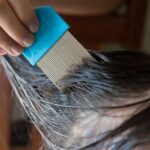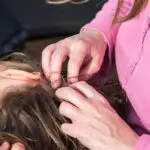Head Lice – Causes and Remedies
Before we talk about the causes and remedies, let’s take a look at the life cycle of head lice. Head lice are small parasitic insects that live on the head. They are two to three millimeters long and tan or grayish white in color. They have six legs with claws and can latch onto hair. They typically live for 30 days stuck on the head before they fall off.
Ancient head lice nits from the Amerindian and Shuar/Jivaro cultures were found in a museum in the late nineteenth century. Their remains were preserved in the Musee du Quai Branly-Jacques Chirac in Paris. These nits were recovered from the human heads of people who lived in the Amazon.
There are several ways to get head lice, but the most common way is through close head-to-head contact. The CDC estimates that there are six to eleven million cases of head lice among children each year. Adults do not get as close to each other’s heads, so they are unlikely to get infested. However, children often come into contact with head lice from other children. The best way to prevent an infestation is to take the necessary precautions.
Although scientists are not 100% certain of where the parasites come from, the DNA in head lice cells can be used to trace their ancestry. Researchers have discovered that the Pediculus louse accompanied the early Homo groups as they migrated out of Africa. This suggests that lice may be one of the oldest human parasites.
